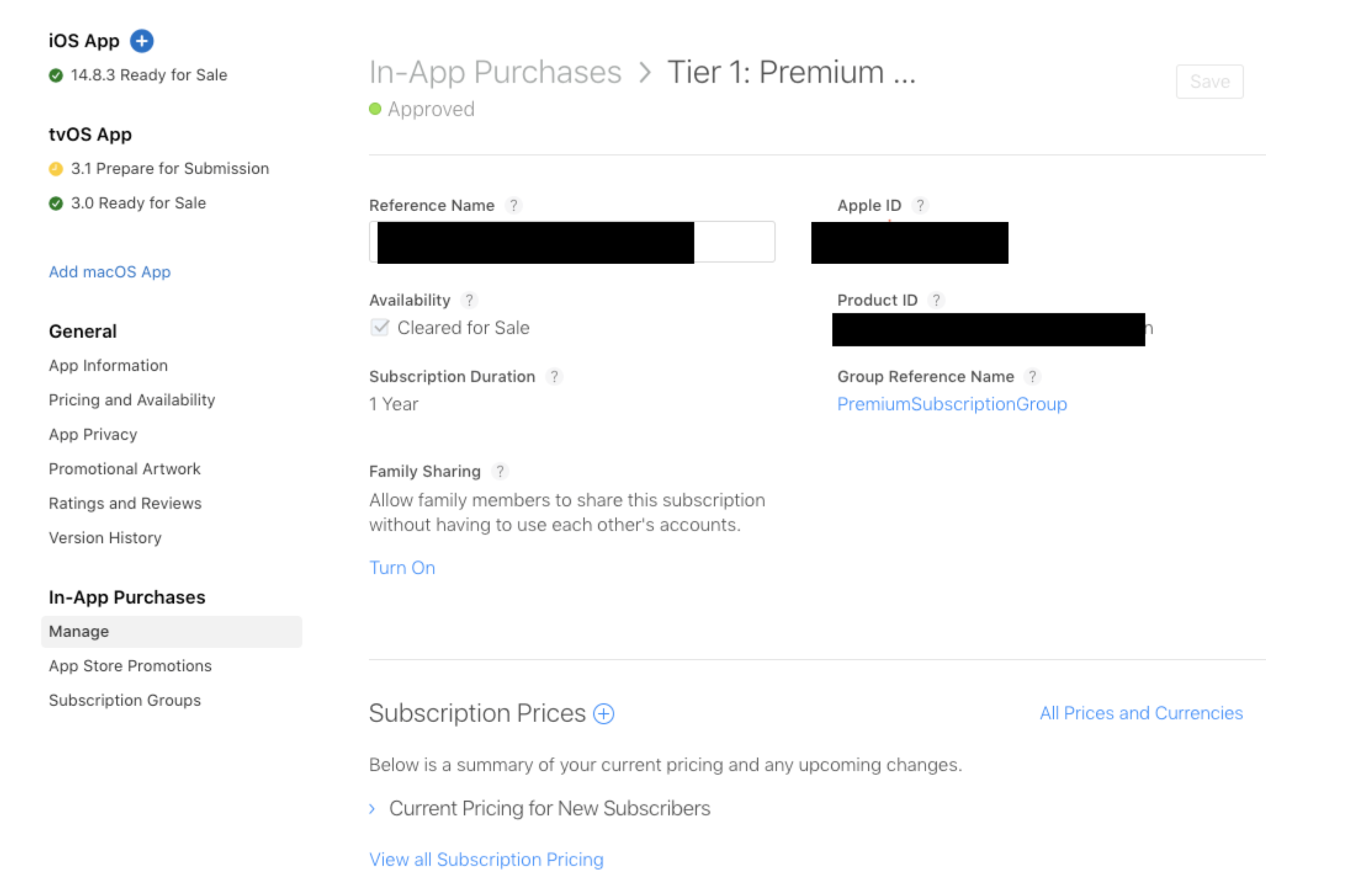AccuWeather meteorologists are available 24/7 to provide further insights and updates on evolving weather conditions. Please contact pr@accuweather.com during regular business hours, or support@accuweather.com or call AccuWeather’s Media Hotline at (814)-235-8710 at any time to arrange interviews with AccuWeather experts or to request the most updated graphics for print or broadcast.
AccuWeather’s Preliminary Estimate of the Total Damage and Economic Loss from Hurricane Francine in the United States is $9 Billion
Sept. 12, 2024
AccuWeather Global Weather Center – Sept. 12, 2024
“Francine is the third hurricane to hit the Gulf coast this year, but this is the first hurricane to cause widespread disruptions to the offshore oil and gas industry in years. Our preliminary estimate factors in the cost of offshore platform evacuations and operation interruptions,” said AccuWeather Chief Meteorologist Jon Porter. “Francine was a short-duration but extremely impactful hurricane hit to New Orleans. Persistent downpours turned streets into rivers. Wind gusts of 80 mph caused damage and knocked out power to hundreds of thousands of families. It was an extremely dangerous and scary evening for millions of people along the Gulf coast.”

AccuWeather exclusively issued the first track and related impacts of the storm 24 hours before the National Hurricane Center and any other known source, giving valuable additional life-saving notice to those in Francine’s path across the central Gulf Coast. AccuWeather also was first to warn that Francine would reach Category 2 hurricane status on the Saffir-Simpson Hurricane Wind Scale before making landfall in Louisiana, and also that it would bring hurricane conditions to the city of New Orleans, where significant and life-threatening flooding was experienced from 4-8 inches of rain as well as 60-80 mph winds.
While the National Hurricane Center and some other sources flip-flopped repeatedly by lowering their wind intensity forecast to a Category 1 hurricane, AccuWeather meteorologists correctly maintained their forecast of Francine reaching Category 2 intensity prior to landfall.
“AccuWeather was the only source to consistently and clearly forecast the threat of Francine intensifying into a Category 2 hurricane before landfall, since Monday afternoon. AccuWeather expert meteorologists were confident that conditions would be conducive for intensification in the final hours before landfall. We take our mission to save lives and protect property seriously. While other sources flip-flopped between Category 1 and Category 2 hurricane intensity forecasts, AccuWeather was consistent in our warnings to help families and businesses better prepare for impacts from a Category 2 hurricane," said Porter.
Francine then made its way northward through Alabama Thursday, bringing heavy rain and strong winds and resulting in hundreds of thousands of people being without power from the Gulf Coast northward. It will take days to restore power to some areas.
AccuWeather also had the storm rated as a 2 on the AccuWeather RealImpact™ Scale for Hurricanes. Unlike the Saffir Simpson wind scale, which is what other outlets use to show the strength of a storm, the AccuWeather RealImpact™ Scale includes not only the wind but the extent of flooding rain, storm surge and overall damage and economic impact expected from the storm. This rating of 2 was issued more than two days before landfall, demonstrating the extent of damage expected and highlighting the extent of flooding, both from storm surge and rainfall AccuWeather was expecting from the Gulf Coast of Louisiana and Mississippi northward to the Mississippi and Tennessee River Valleys. Winds gusting as high as 96 mph were measured near where the storm made landfall with gusts of 60-80 mph into New Orleans.
Ahead of Francine, storm surge flooding impacted the central Gulf Coast, with the worst being southern Louisiana, where a surge of over 6 feet was measured, and there were surely higher levels not measured or yet reported. The storm also shut down energy platforms over an area with a high density of energy platforms in the central Gulf of Mexico, which will reduce oil output and could lead to higher gas prices for a time. When factoring in all of the impacts of the storm, AccuWeather preliminarily estimates that the total damage and economic loss will be about $9 billion.
AccuWeather’s estimate largely accounts for damage to homes, businesses, infrastructure, facilities, roadways and vehicles as well as power outages, which results in food spoilage and interruption to medical care and reflects damage that has already occurred as well as expected damage yet to occur through the next couple of days as Tropical Rainstorm Francine moves up into the western Tennessee Valley, bringing flooding rainfall and, north and east of the center, the risk for severe thunderstorms and tornadoes. For all of the areas impacted by flooding, water damage tends to be particularly costly to repair and may either not be covered by homeowner’s insurance policies or underinsured relative to actual damage sustained for people who do carry additional flood insurance.
The calculation is based on an analysis incorporating independent methods to evaluate all direct and indirect impacts of the storm, includes both insured and uninsured losses, and is based on a variety of sources, statistics and unique techniques AccuWeather uses to estimate the damage, and includes damage to property, job and wage losses, crops, infrastructure damage, interruption of the supply chain, auxiliary business losses and airport closures as well as flight delays. The estimate also accounts for the costs of evacuations, relocations, emergency management and the government expenses for and cleanup operations and the long-term effects on business logistics, transportation and tourism.
“The exceptionally warm waters off the Gulf and Atlantic coasts have dramatically increased the risk of rapidly intensifying storms, which amplifies the risk of flooding, storm surge and wind damage,” said Porter. “Everyone needs to be prepared for more tropical storms and hurricanes, which could extend well into the month of November.”
To put this event into context, Hurricane Debby was responsible for $28 billion in total damage and economic loss in August while Hurricane Beryl brought $28-32 billion in total damage and economic loss in July. Last year, Hurricane Idalia, which made landfall into the Big Bend of Florida, caused $18-20 billion in total damage and economic loss. Hurricane Ian, in 2022, caused $180-210 billion.

Additional AccuWeather Resources:
Hurricane Tracking & Storm Radar
5 reasons behind the historic absence of tropical storms this hurricane season
AccuWeather Reduces Forecast for Number of Named Storms and Hurricanes During 2024 Atlantic Hurricane Season
Rapidly Intensifying Hurricanes Near Coastline Pose Major Threat To US This Season















